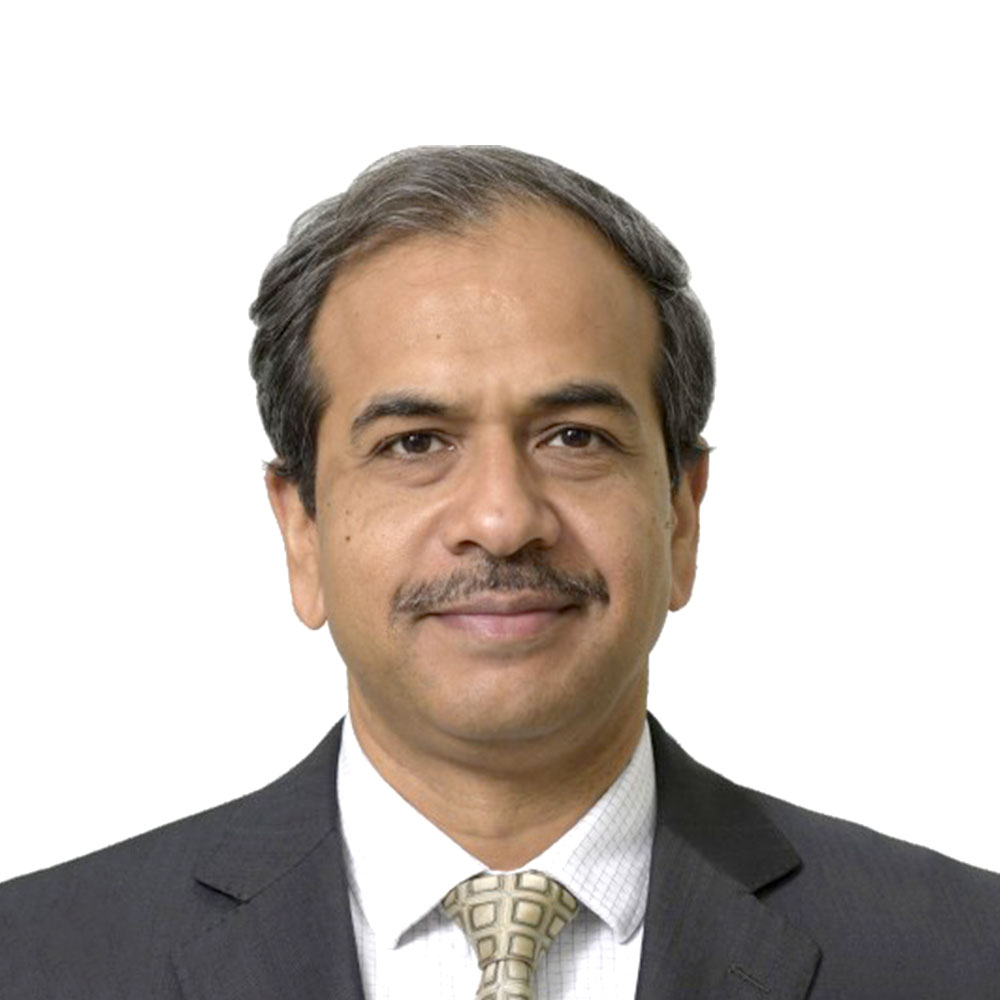Mr. Rahul Pal
Chief Investment Officer - Fixed Income, Mahindra Manulife Mutual Fund
Mr. Rahul Pal is a Chartered Accountant. Prior to joining Mahindra Manulife Investment Management Private Limited, he was associated with Taurus Asset Management Company Limited as 'CIO - Fixed Income'. He has also worked with Sundaram Asset Management Company Limited as 'Fund Manager - Fixed Income'. In these roles, he was responsible for managing and overseeing the Fixed Income Portfolios.
Please note we have published the answers as it is received from the Fund Manager of Mahindra Manulife Mutual Fund.
Q1. The U.S. Federal Reserve recently cut rates by 25 bps, while the RBI chose to hold its policy rate steady at 5.5%. How do you interpret this policy divergence, and what implications does it have for capital flows, yield differentials, and the broader Indian debt markets?
Ans: The U.S. Federal Reserve's recent 25 bps rate cut, bringing the federal funds rate to 4.00-4.25%, marks a pivot toward accommodative policy amidst a softening labour market and political uncertainty due to the government shutdown. The RBI though held its repo rate steady at 5.5%, citing robust GDP growth (7.8% in Q1 FY26), benign inflation (1.54% in September), and maintained neutral stance.
This divergence reflects idiosyncratic domestic macro conditions:
-
Fed's cut aims to pre-empt labour market deterioration, support growth amidst fiscal challenges
-
RBI's pause signals confidence in India's growth trajectory and inflation containment, while presenting itself space for further policy accommodation.
Implications:
-
Capital Flows: A narrowing India-U.S. yield differential (now ~200-225 bps) reduces the relative attractiveness of Indian debt for foreign investors. This has already triggered FPI outflows from Indian bonds, particularly Fully Accessible Route (FAR) securities.
-
Currency Pressure: Reduced inflows may exert mild depreciation pressure on the INR, though India's FX reserves and trade resilience offer buffers.
-
Impact Domestic Debt Markets: The RBI's pause supports stability in short-term yields, while long-end yields may remain sticky due to global volatility and possible elevated commodity price pressure .However there have been recent news on possible challenges in US Credit market and should it have a contagion , the rush to safe heaven (possibly US treasuries) may trigger a likely RBI action.
Q2. With the Fed's rate cut signaling a potential shift in the global interest rate cycle, do you expect the RBI to follow suit in the coming quarters?
Ans: While the Fed's pivot suggests a global easing cycle, the RBI remains cautious. Its October policy emphasized domestic resilience, low inflation, and the need to allow full transmission of earlier rate cuts.
While a low benign inflation does open space for a possible rate action by the Monetary Policy Committee (MPC) of the RBI, we believe global risk off trades, should they materialize, may prompt the MPC for deeper cuts.
Q3. The RBI has revised its inflation projection for FY26 downward to 2.6% from 3.1%. How do you view this assessment - is the inflation trajectory comfortably within control, or are there still risks that could emerge?
Ans: The RBI's downward revision from 3.1% to 2.6% for FY26 reflects confidence in food price moderation, GST rationalisation, supply-side improvements, adequate rainfalls
Supportive Factors:
-
Record agricultural output and buffer stocks.
-
Negative food inflation in rural areas.
-
Core inflation largely contained, barring precious metals.
Risks to Watch:
-
Hard Commodities already inching up
-
Sticky services inflation and gold-driven core CPI.
-
Tariff-related supply chain disruptions.
-
A low food inflation may possibly mean lower incomes for Agriculture dependent households prompting a possible fiscal support to such households
Q4. Retail participation in debt mutual funds has been gradually rising again post-taxation changes. Are investors leaning towards short-term safety or long-term accrual strategies?
Ans: We believe debt mutual funds offer offers a diversification choice in terms of asset allocation, competitive returns vis traditional fixed income products and easy liquidity.
Investors, predominantly, are investing in debt mutual funds for various reasons: a volatile equity market resulting in a vehicle for temporary investments, as an asset diversifier and returns possibly higher than traditional fixed income products.
Q5. What are the key risk indicators you are monitoring for Indian debt markets over the next 6-12 months, and how resilient do you expect the market to be against potential shocks such as a sudden global rate spike or US Treasury yield volatility?
Ans: The key risk indicators for Indian Debt markets
-
The low inflation regime is predominantly due to low food inflation; Food inflation is a very difficult factor to forecast and the margin for errors may be large. As food inflation is almost 45% of the CPI basket, assuming a secularity in food inflation is a key risk marker.
-
Hard Commodities, copper and aluminum have been inching up, which may risk inflation on the higher side
-
Geo Political conditions, if they ease , may surprisingly also bring up inflation as war ravaged zones of Middle East and Ukraine bring about reconstruction efforts and possibly a commodity price pressure
-
While there are initial narratives on credit challenges in US, these challenges will be a one of the key markers
Q6. In this environment of global rate adjustments, currency pressure, and moderating inflation, what would be your preferred strategy for positioning debt portfolios - duration play, accrual focus, or a balanced approach?
Ans: We believe a balanced approach is a desirable option with a possible 60% focused towards accrual and the rest towards a duration focus.
Note: Views provided above are based on information in the public domain and subject to change. Investors are requested to consult their mutual fund distributor for any investment decisions.
MUTUAL FUND INVESTMENTS ARE SUBJECT TO MARKET RISKS, READ ALL SCHEME RELATED DOCUMENTS CAREFULLY






